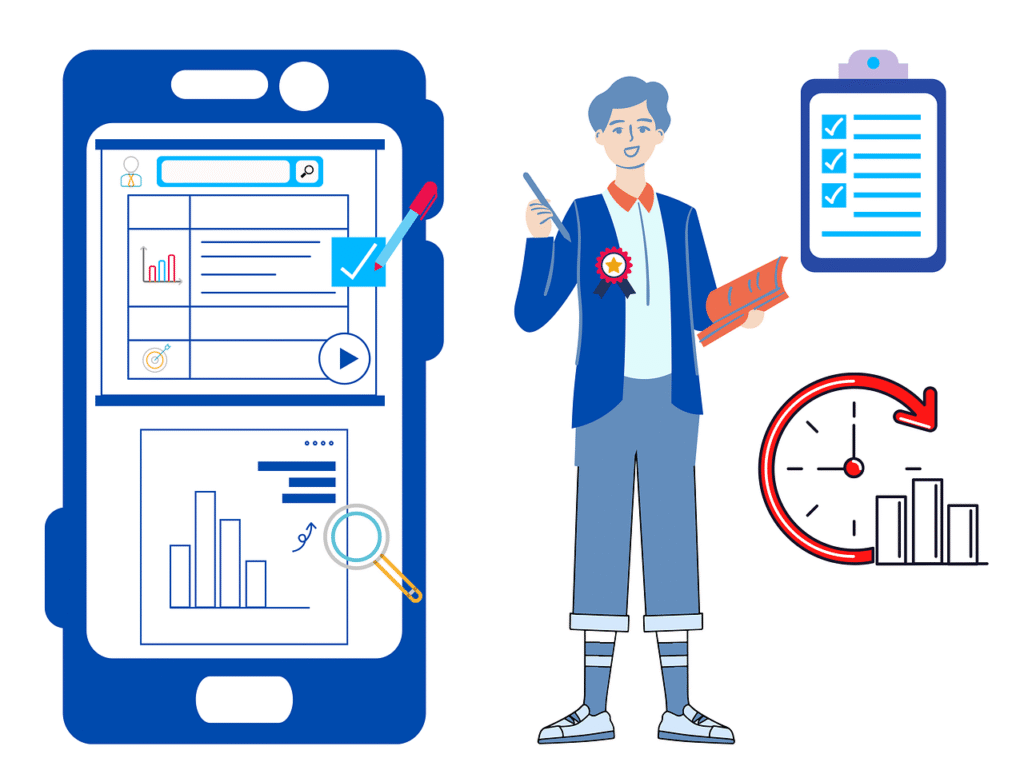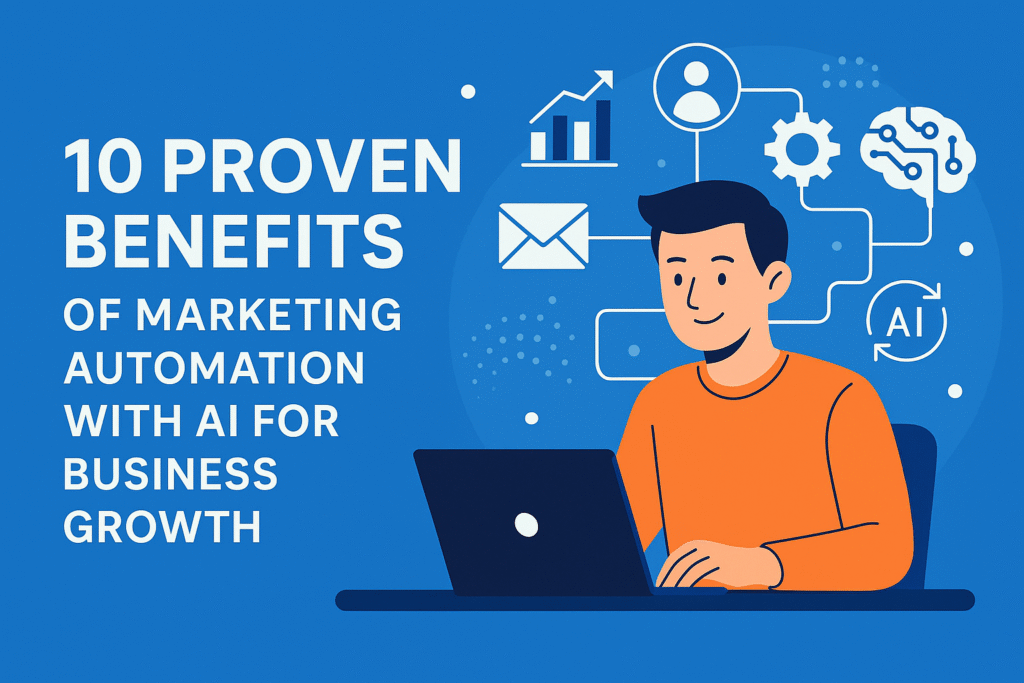Marketing Attribution Models: Which One Actually Shows True ROI?
Picture this: You’re sitting in a boardroom, staring at a spreadsheet that shows your marketing campaigns generated $500,000 in revenue last quarter. Your CEO leans forward and asks the question that makes every marketer’s palms sweat: “Which campaigns actually drove those sales?” If you’re like most marketers, you probably point to your last-click attribution report […]
Marketing Attribution Models: Which One Actually Shows True ROI? Read More »














